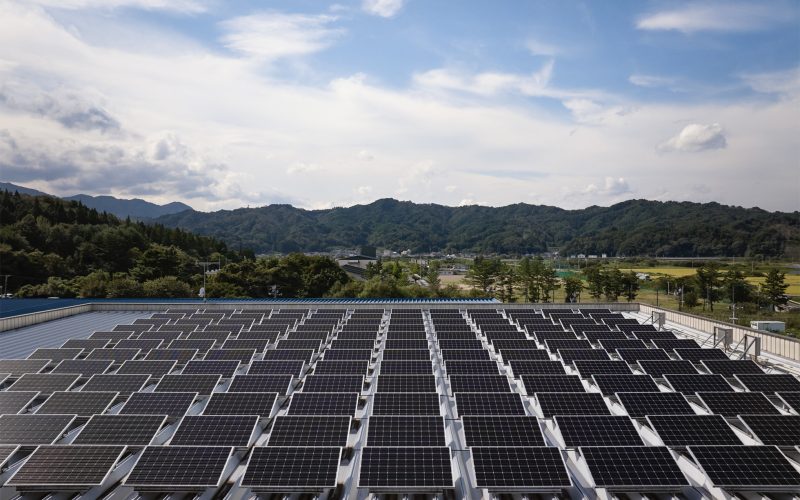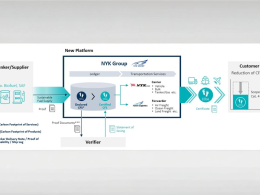Apple has announced a 60% reduction in its global greenhouse gas emissions compared to 2015 levels, according to its latest Environmental Progress Report. The update comes as the company pursues its target to achieve carbon neutrality across its entire value chain by 2030.
The technology firm also disclosed several other environmental milestones, including the use of 99% recycled rare earth elements in magnets and 99% recycled cobalt in Apple-designed batteries. These achievements form part of broader efforts to decarbonise operations and minimise environmental impact.
Apple’s 2030 strategy involves cutting emissions by 75% from a 2015 baseline before offsetting remaining emissions using carbon credits. In 2023, the company’s carbon reduction initiatives — including transitioning suppliers to renewable electricity and integrating more recycled materials into product design — avoided an estimated 41 million metric tonnes of carbon emissions.
The company said its supply chain now sources 17.8 gigawatts of renewable electricity, with 21.8 million metric tonnes of emissions avoided in 2024 through clean energy procurement. A further 2 million tonnes were prevented through supplier energy efficiency measures.
Addressing emissions from manufacturing processes, Apple stated that 26 of its direct semiconductor suppliers and all its direct display suppliers have committed to reduce fluorinated greenhouse gases (F-GHGs) emissions by at least 90% by 2030. In 2024 alone, these suppliers abated 8.4 million metric tonnes of greenhouse gases.
Apple continues to increase its use of recycled materials. The company has reached 99% recycled content for rare earth elements and cobalt in targeted components ahead of its 2025 goals. Apple also reported that suppliers participating in its Zero Waste programme diverted around 600,000 metric tonnes of waste from landfills in 2024, bringing the cumulative total since 2015 to 3.6 million metric tonnes.
In product design, Apple highlighted the latest MacBook Air, which contains more than 55% recycled material — the highest in any Apple product to date. The company has also introduced carbon-neutral options for the Apple Watch and Mac mini.
On water conservation, Apple and its suppliers have saved over 90 billion gallons of fresh water since 2013. In 2024, participating suppliers reused 14 billion gallons, achieving a 42% average reuse rate. Apple aims to replenish 100% of its freshwater withdrawals in water-stressed areas by 2030 and has already secured long-term partnerships covering over 40% of this target.
The company’s Vice President for Environment, Policy and Social Initiatives, Lisa Jackson, said: “We’re using more clean energy and recycled materials to make our products than ever before, preserving water and preventing waste around the world. As we get closer to 2030, the work gets even harder — and we’re meeting the challenge with innovation, collaboration, and urgency.”





















